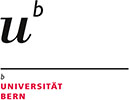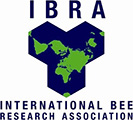Beekeeping has been practiced in Egypt as an important economic activity since the pharaonic civilization. The Egyptian flora has a variety of bee plants that serve as sources of nectar for bee colonies. Over the years, beekeepers have honed their skills to track flowering areas to produce different types of unique honeys. Consumers’ attitudes have also changed, from accepting only a few types of honey to accepting all honey types available on the market. Honey sources can be found around the Nile River, desert areas with wild plants, newly reclaimed lands, and mountainous areas, resulting in honey with a variety of colors from light to dark are available in the local market. This has encouraged different countries to import the Egyptian honey. Honey marketing in Egypt has gained a lot of attention from the agricultural sector in recent years, with events such as the Egyptian honey festival which encourages beekeepers to develop their packing/marketing skills. Modern technology is also available for honey packing, which has accelerated the improvement of national/international honey marketing. This article aims to describe the available Egyptian honey types, their production areas, and marketing.
https://www.tandfonline.com/doi/full/10.1080/0005772X.2024.2335876










